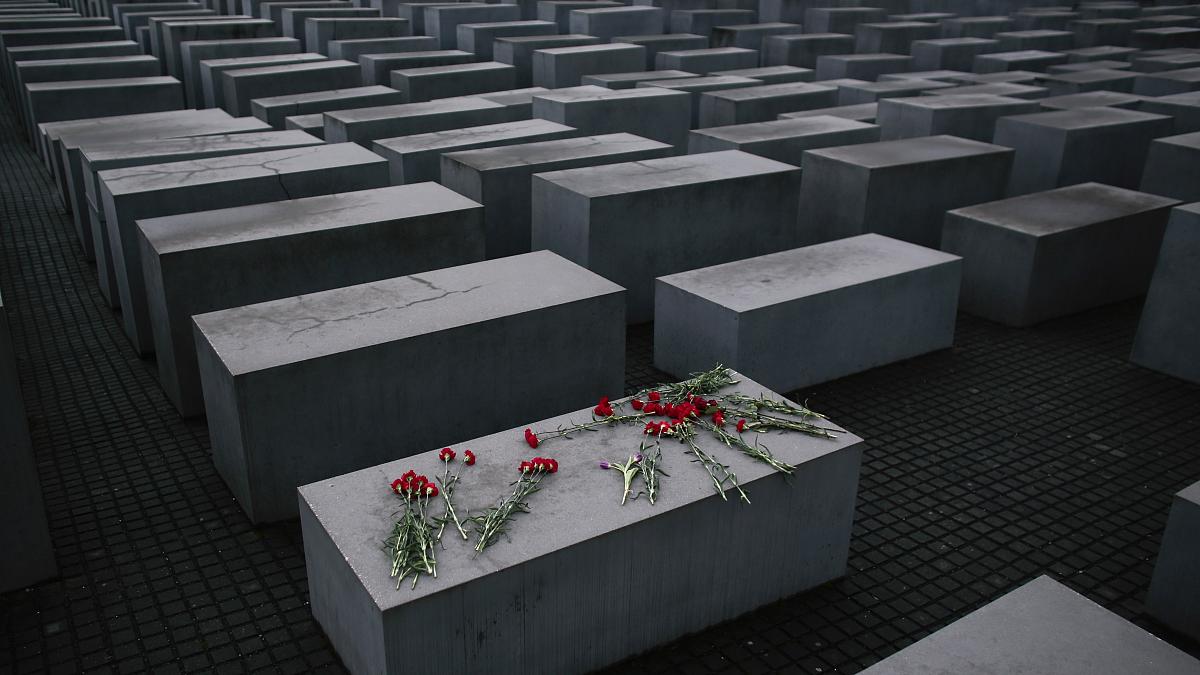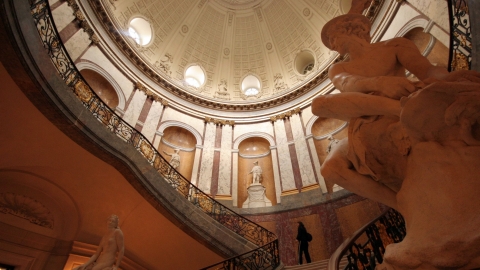The Holocaust ended 77 years ago, but the losses it left behind still haunt those who remain. In Berlin - the center of that historical nightmare, a special memorial namedThe Memorial to the Murdered Jews of Europe(Holocaust Memorial) was built, imbued with the heaviness and solitude of the dark past a century ago.
The Silent Stones
On an area of more than 19,000 m2In the heart of the German capital, 2,711 grey stone slabs were erected, forming a special structure to commemorate the Jewish victims of the Nazis 80 years ago. Designed by architect Peter Eisenman, this has become a place for those interested in history to come back and contemplate the pain and consequences left by the greatest crime in human history.
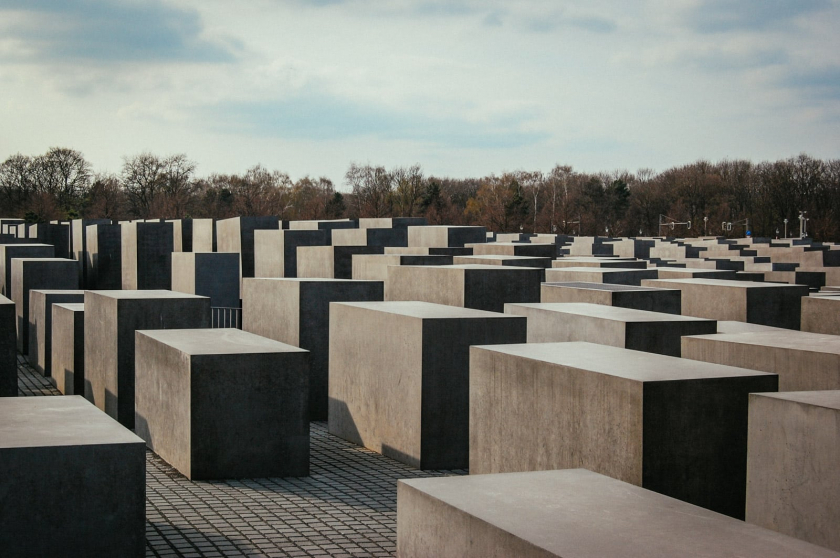
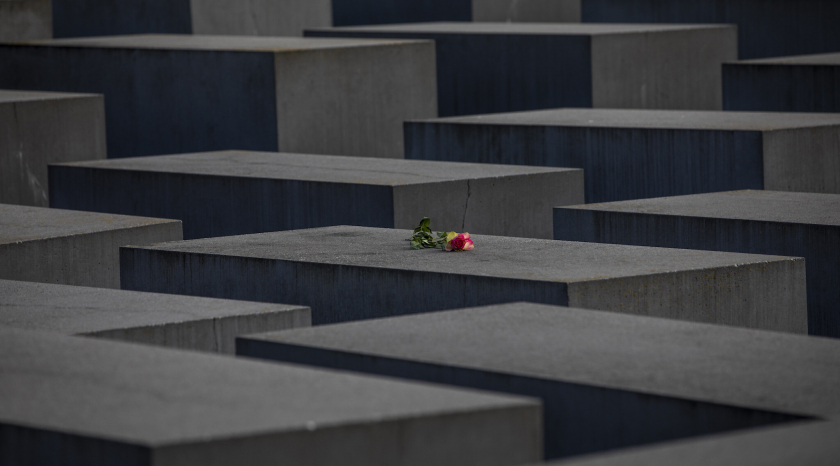
Maja Hitij / Getty Images
Perhaps, when imagining a memorial, everyone would expect to see long rows of neat tombstones, engraved with names, birth and death years, stories and a few words of condolences, but that is not necessarily what you will find at the Holocaust Memorial.
What catches the eye of visitors are thousands of rectangular stone slabs of different heights, undulating like waves along the undulating ground. Their shape - along with the cold gray color - cannot help but evoke cold coffins. There are no names on them, the stone slabs stand still, anonymous, letting time and everything flow by. It is the silence of more than 6 million Jews who have fallen, many of whom still do not know their names. They are old people, children, boys and girls with dreams and aspirations that have not yet been realized. Each person has a different shape but shares the same fate as victims of the genocide.
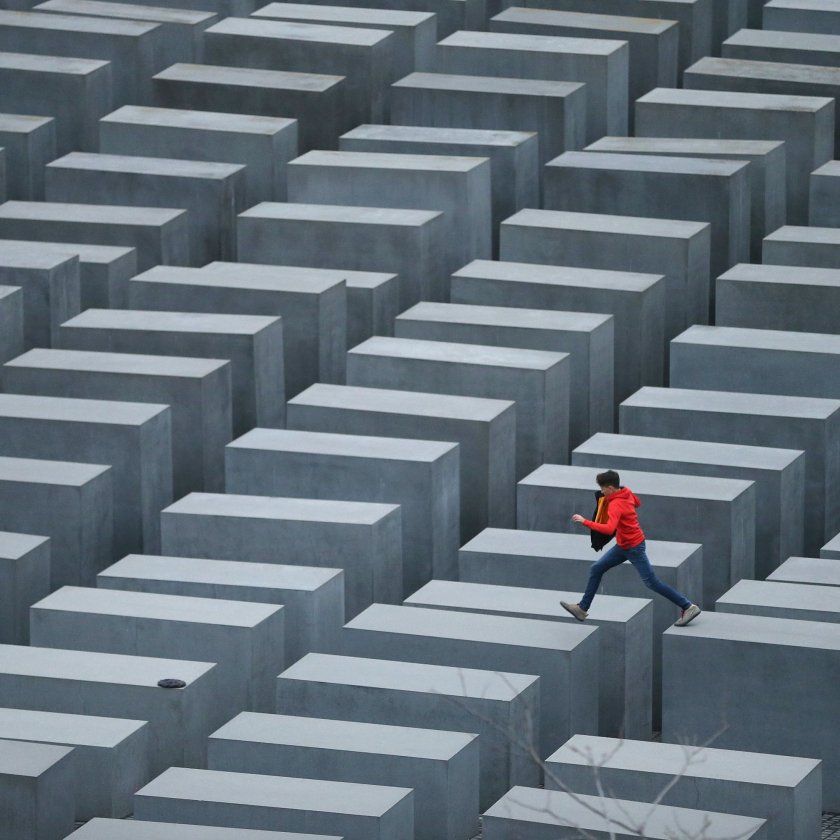
Sean Gallup / Getty Images
Between the short, straight stone slabs are narrow cobblestone paths. Entering here is like entering a maze of cold colors, in which each stone represents a destiny that was once full of life, once carrying life stories - before being crushed by toxic racial policies.
Architect Eisenman explained that by placing these small paths between the high and low stones, he wanted people to feel some of the disorientation, confusion and fear that Jewish victims suffered during the Holocaust. That is also the special feature of this memorial, as it gives people a private space to contemplate and feel the burden of history, instead of relying on the guidance of signs.
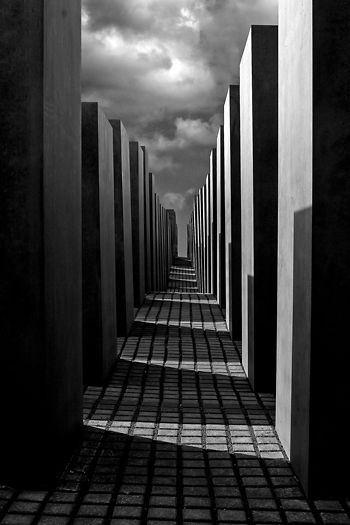
Sean Gallup / Getty Images
Unforgettable history
World War II is one of the worst nightmares in human history, not only because of the pain from the war between nations but also because of the genocide of more than 6 million Jews. Memorials like the Holocaust Memorial were built to forever remember the innocent people who died, and also to leave a lesson of blood and tears for future generations.
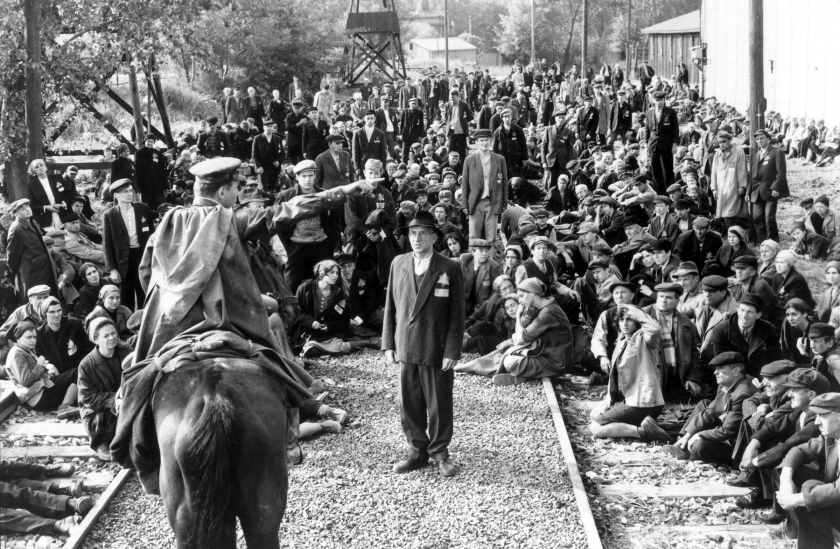
In the 1930s, the ideaGerman superioritywidespread in this society, which meant that Jews and Gypsies were considered inferior and needed to be eliminated from society. The persecution, arrests and culminating in the mass murder of Jews were carried out in a brutal and public manner: from shooting to the use of explosives, poisoning and finally confinement in gas chambers.
Even when the Holocaust ended and the surviving Jews were liberated from the concentration camps, their lives were forever changed. To further illustrate the horrors of the genocide and its legacy, an 800-square-meter information bunker2located right under the memorial in Berlin.
Out of the anonymity, here, the fates and stories emerge from the letters, photographs, memoirs and biographies of millions of Jewish victims. All are displayed in four themed rooms: Room of Dimensions, Room of Families, Room of Names and Room of Sites.

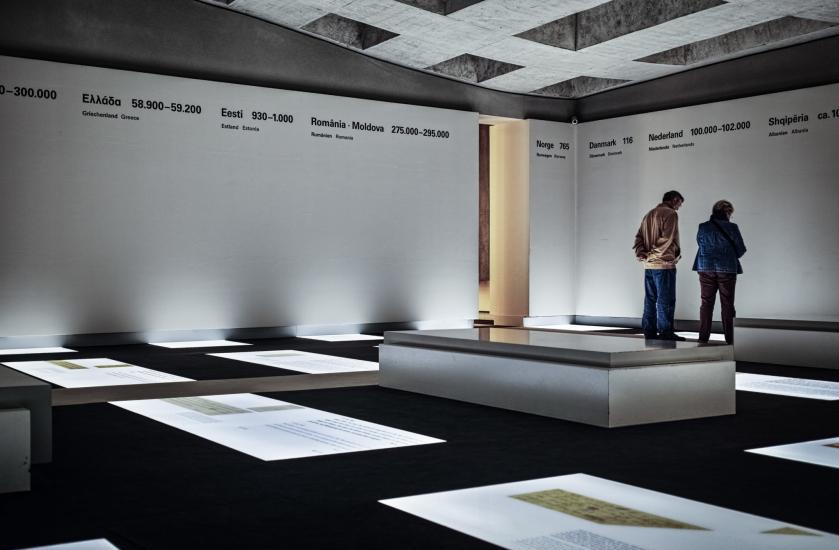
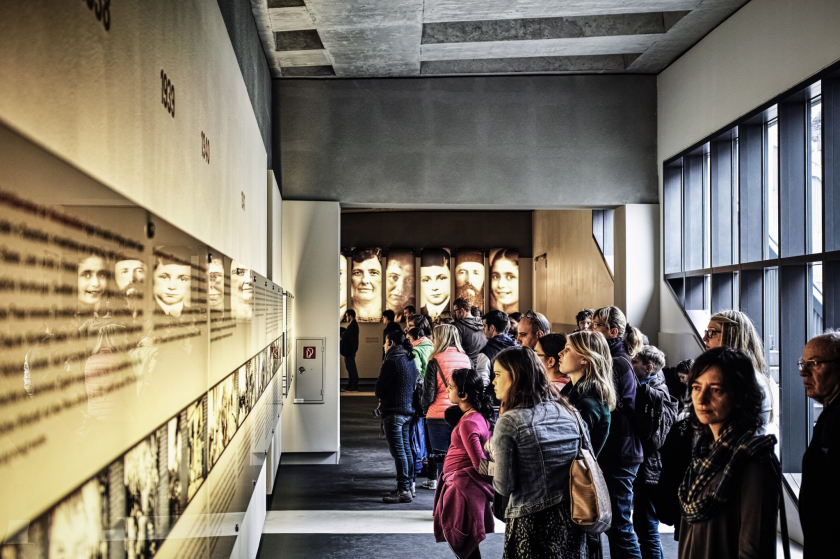
InRoom of Families, visitors witness the fate of 15 Jewish families with close ties and religious traditions cultivated over many generations. The terrible repression tore families apart, almost completely erasing connections, so that the survivors walked out of the nightmare without ever seeing their loved ones again.
Room of Namesis a place that continuously compiles millions of names and short biographies of generations who sacrificed in this devastating period. In most cases, their remains were never found, information had to be determined through the accounts of the few witnesses who survived the genocide. 6 years, 7 months and 27 days is the estimated time for people to be able to read all the stories told here. Along with that, the crimes of Nazi Germany are recreated in short documentaries and photo materials, shown repeatedly on a large screen in the room.Room of Sites. These include mass shootings, repression, violence and massacres in concentration camps…
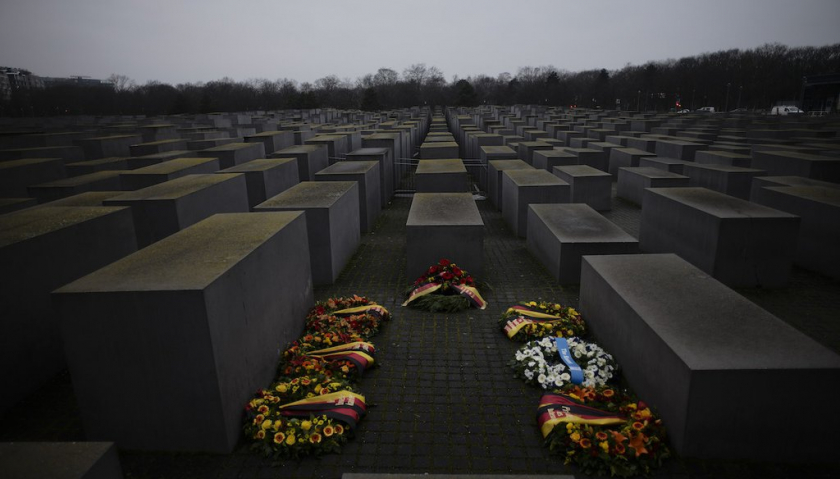
The past has receded into the distance, generations of Jews have gradually settled into new lives, in new lands. However, that is not a reason for humanity to allow itself to forget the great pain in history. The stories will still be told, millions of people will still visit the unmarked graves, and hopefully, the lessons of the genocide will remain valuable for a long time to come.
- Address:Cora-Berliner-Straße 1, Berlin, Germany
- Opening hours:10am - 6pm every day of the week (except Monday)






